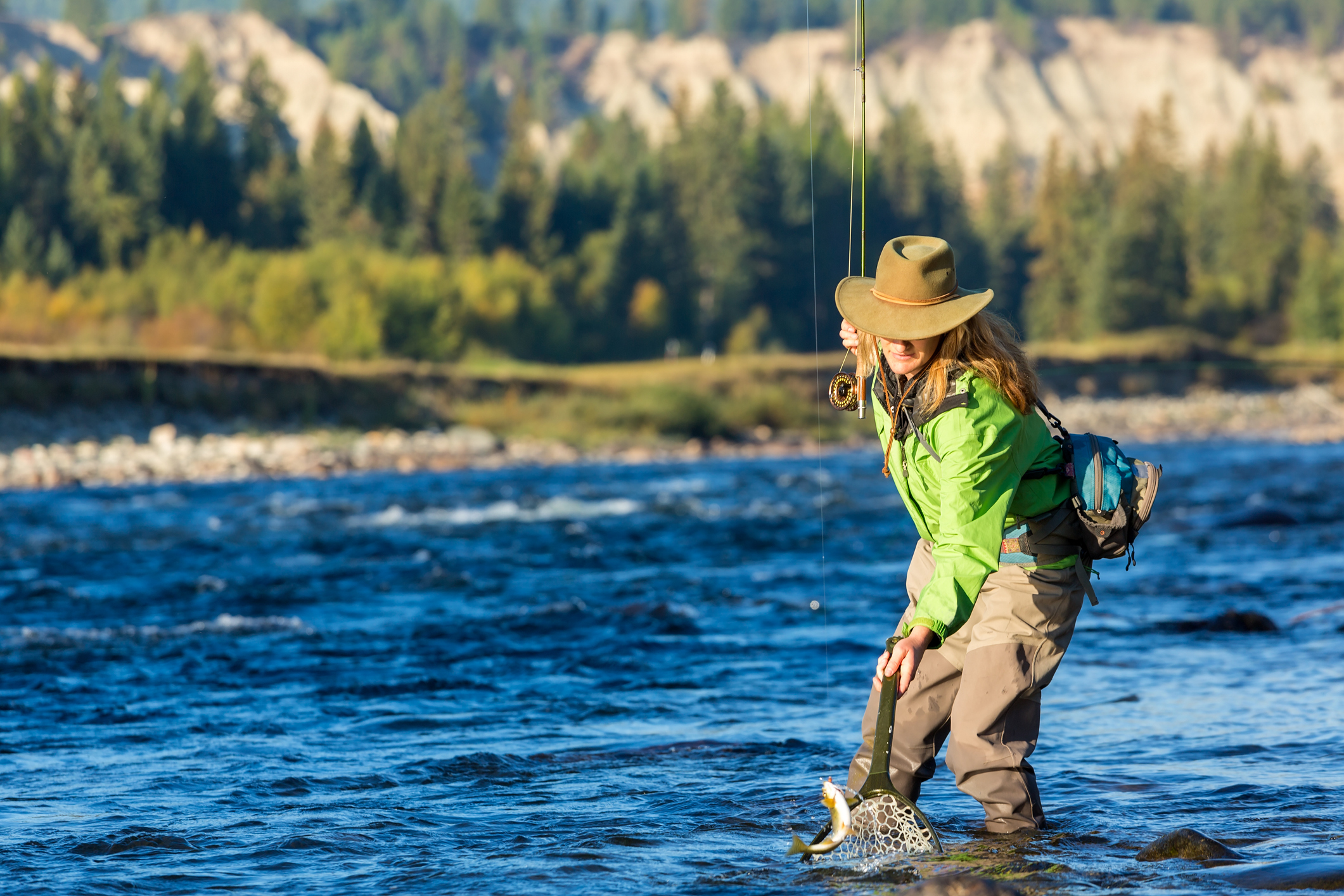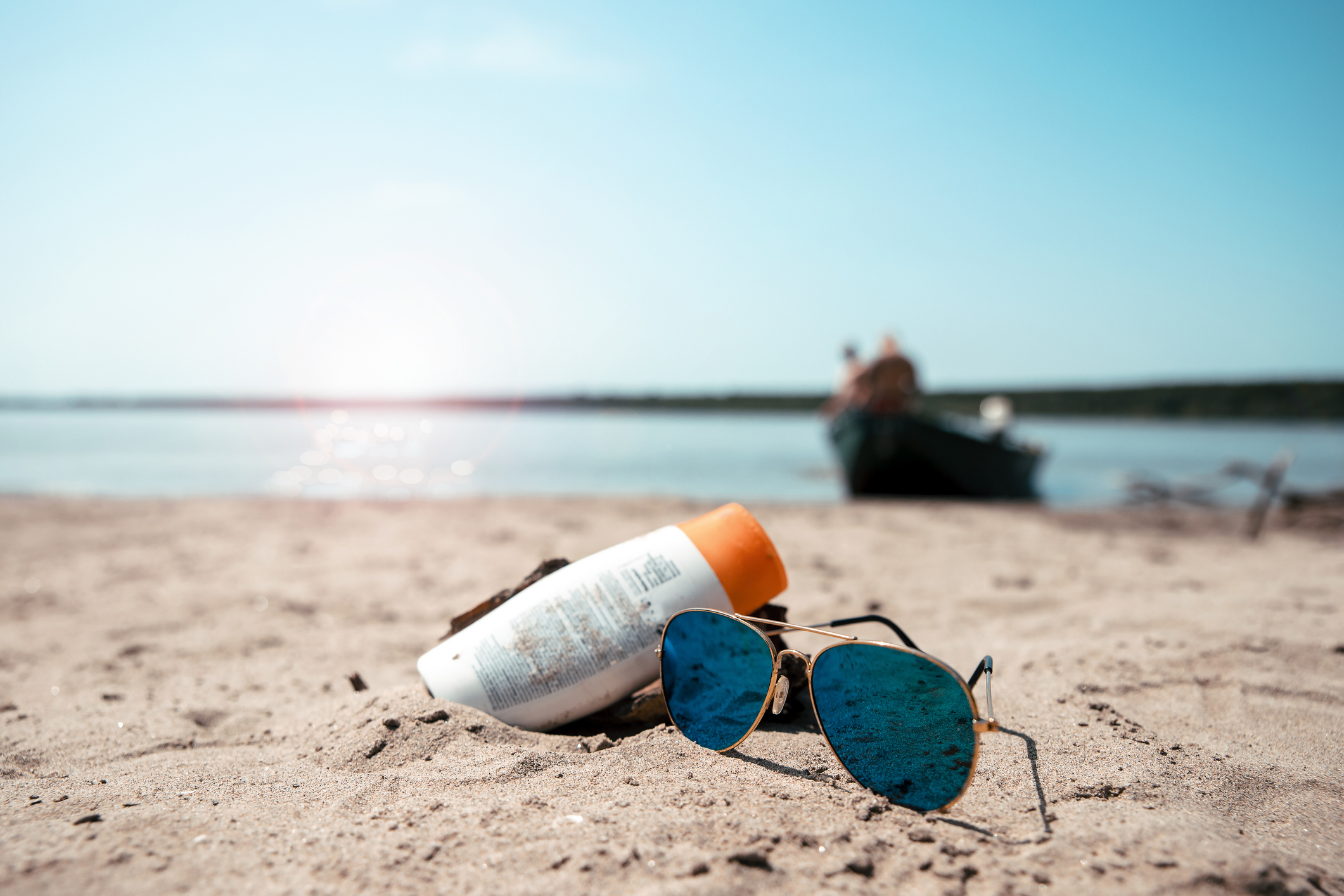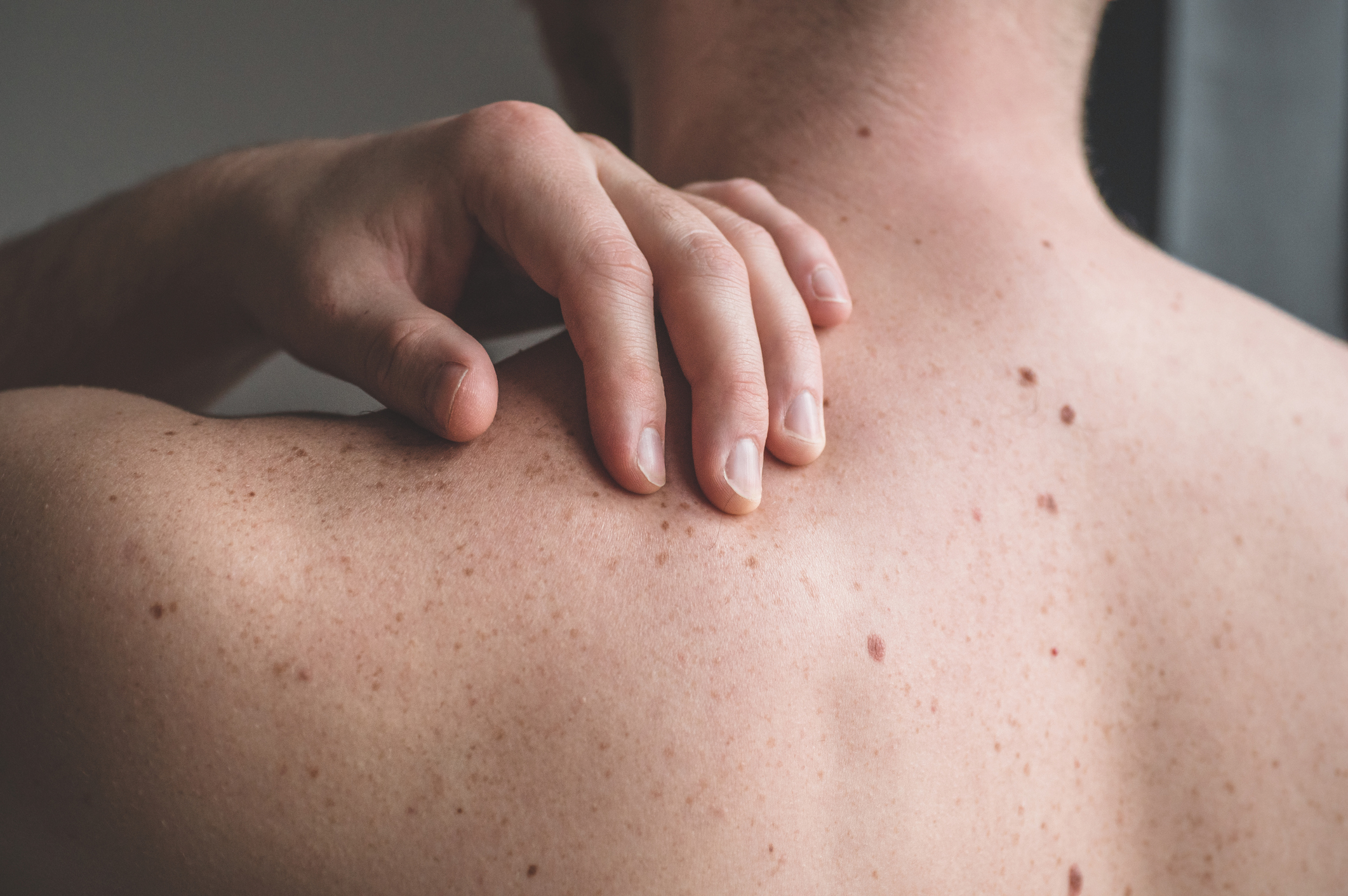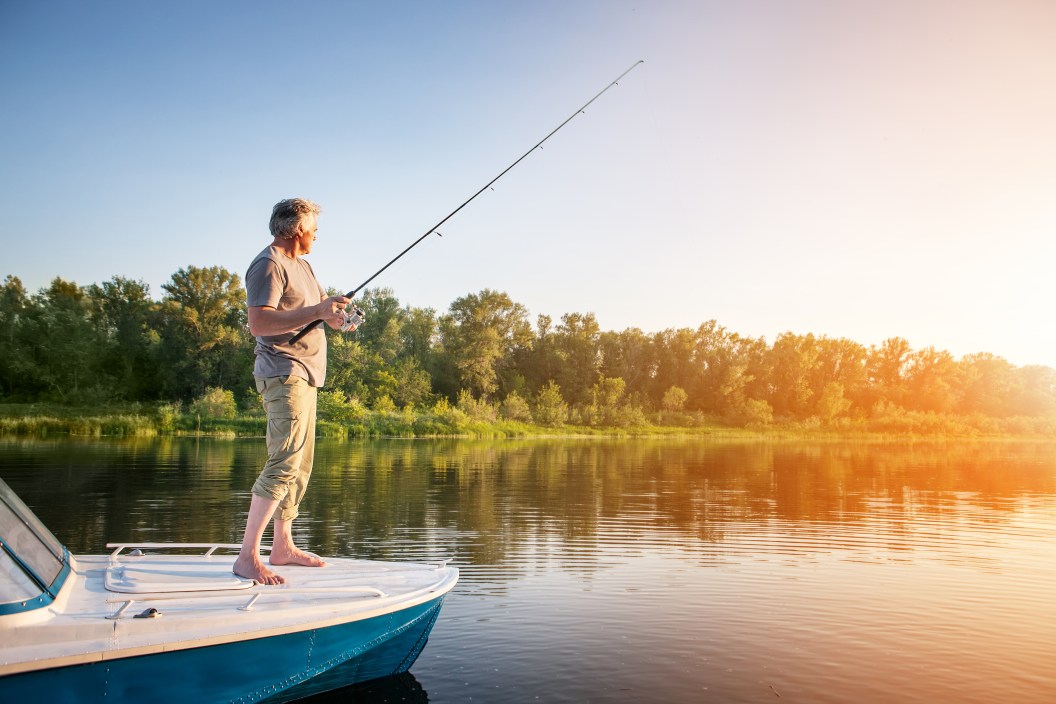The arrival of spring and summer means warmer weather, biting fish, and a whole lot more time spent outside. In honor of both the beginning of sun exposure season and Skin Cancer Awareness Month, there is no better time to take a refresher on how important it is to protect your skin outside.
Sun protection is important for everyone who spends time outdoors, but it's especially critical for anglers. You're rarely in the shade while fishing and water reflects about 10% of the sun's UV rays—so you're essentially at risk from top to bottom. Whether you're on a boat, standing on shore, or out in waders, all that fun can catch up with you in the form of skin damage that can lead to cancers like basal cell carcinoma, squamous cell carcinoma, melanoma, and Merkel call carcinoma.
And skin cancer isn't rare: One in five Americans will develop some form of skin cancer by the age of 70, according to the Skin Cancer Foundation. Although most skin cancers are treatable, roughly two people die of skin cancer in the United States every hour.
The good news is that there are some steps that can be taken to minimize the risks associated with sun damage, including choosing proper clothing, wearing sunscreen consistently, spending time in shady places while outdoors, and frequently examining skin for changes. Follow these sun safety tips to better protect your skin while out on the water.
Wear Sun-Protection Clothing

Getty
As a first line of defense, clothing ?can protect angler's skin from the sweltering sun and skin damage—but not all garments are created equally. Clothing made from breathable materials with a high UPF rating make great choices. UPF is an abbreviation for ultraviolet protection factor and indicates what fraction of the sun's UV rays can penetrate the fabric. In other words, something with a UPF 50 rating will allow 1/50th of the UV radiation to hit the skin. UPF-rated clothing allows less light to pass through via a tighter weaved material, often nylon or polyester. Some UPF-rated items are treated with chemicals to further block the sun's rays, including titanium dioxide or zinc oxide. These garments will lose some effectiveness after many washes.
Brands such as Blackfish or Simms offer anglers a variety of clothing options, including hooded performance shirts, neck gaiters or buffs, gloves, and fishing hats. Obviously, the more that's covered, the better the protection. When possible, wear long sleeves, pants, a wide-brimmed hat, and quality sunglasses.
Apply Sunscreen the Right Way (and Regularly)

Getty
Wearing sunscreen is one of the most effective ways to reel in your risk of skin cancer. Sunscreens work by utilizing active ingredients that protect skin cells from the sun's ultraviolet radiation, including UVB and UVA rays. The damage from those rays can lead to cancer, and sunscreen works by minimizing the damage to begin with.
There are two main types of sunscreens: chemical sunscreens and physical sunscreens. The difference comes down to the ingredients. Chemical sunscreens are made with chemical active ingredients, such as avobenzone and homosalate, while physical sunscreens are made with ingredients such as zinc oxide and titanium dioxide. Many sunscreens on the market are a combination of the two.
Most people know about the importance of sunscreen, but still don't use enough of it or use it often enough. The Skin Cancer Foundation recommends using approximately two milligrams of sunscreen per square centimeter of skin, which equals out to roughly a shot glass full to your entire body. For adequate protection, the face alone should have a nickel-sized dollop. It is also important to reapply sunscreen often: every two hours, or more frequently after swimming, heavy perspiration, or toweling off.
The FDA does not allow sunscreen manufacturers to label sunscreen as "waterproof" because no sunscreen is truly waterproof. Sunscreens can, however, be water resistant, but must pass rigorous testing to claim that label. Look for a water-resistant sunscreen, but still reapply as recommended.
Lastly, you can combine UPF-rated clothing with a high-quality sunscreen for double-whammy protection!
Pay Attention to Skin Changes

Getty
The three most common skin cancers are basal cell carcinoma, squamous cell carcinoma and melanoma—all of which are linked to sun exposure, according to Dr. Kat Kesty. The differences in the cancers arise from which type of cell is affected. Of the three, melanoma is the most uncommon, but also the most dangerous. That's because it can spread quickly to other organs if not caught in its early stages.
No matter the type of skin cancer, the red flags to look for are essentially the same.
"The most common symptoms of skin cancer are any new growths or a spot that is changing, growing, bleeding, itching, or turning a different color," Kesty told Marlin Magazine. "The best thing to do if you have a spot that is concerning for skin cancer is to visit a board-certified dermatologist and have them look at it."
Skin cancers can manifest differently from one person to another because of a variety of factors, including skin tone, texture, type of cancer and location on the body. The bottom line is to take preventative measures and be on the lookout for any questionable skin changes.




